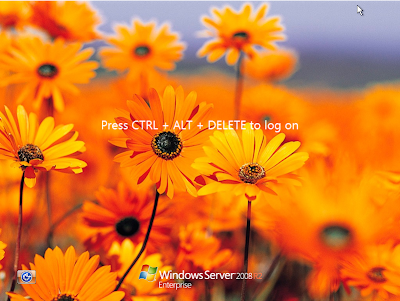You just have to set registry value and copy the image in perticular directory and you are done.
Follow these steps to setup the logon screen you wish to see:
- Open Registry Editor, by entering "regedit" in Run command.
- Once Registry Editor is opened, under Computer node navigate to HKEY_LOCAL_MACHINE -> Software -> Microsoft -> Windows -> CurrentVersion -> Authentication -> LogonUI -> Background .
- Check if DWORD value having name OEMBackground is present if not then using right click create DWORD value named OEMBackground.
- Set the data for OEMBackground as 1.
- Now copy the background image you want to see as Logon screen at location: %windir%\system32\oobe\info\backgrounds. Here %windir% is the Windows directory path. If above directory is not present then you will need to create it.
- The background image you copied should be renamed to "backgroundDefault.jpg" and it should not be of more than 256KB in size, else it wont display.
- Now just log off and you can see the changed logon screen, if you dont see the new logon screen then try rebooting your machine.
One thing to note here is that that once you have custom logon screen, the setting may be reset if you change the Windows Theme. This behavior can be controlled using Group Policy options below.Use the following steps to enable a custom Logon Screen background:
- Open a Group Policy editor by entering "gpedit.msc" in Run command.
- Under Computer Configuration navigate to "Administrative Templates" -> "System"-> "Logon".
- Enable the policy "Always use custom Logon background".
This changed Logon Screen will not be displayed if you try to login using remote desktop connection. The remote desktop connection will display the default logon screen it has.

No comments:
Post a Comment